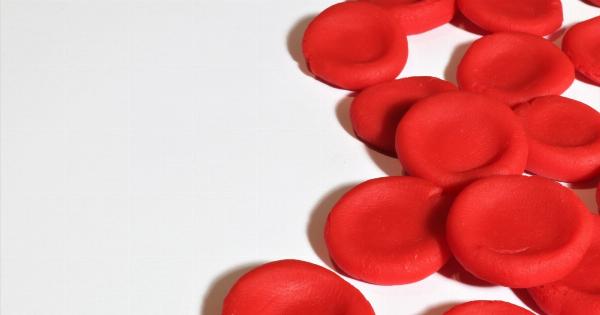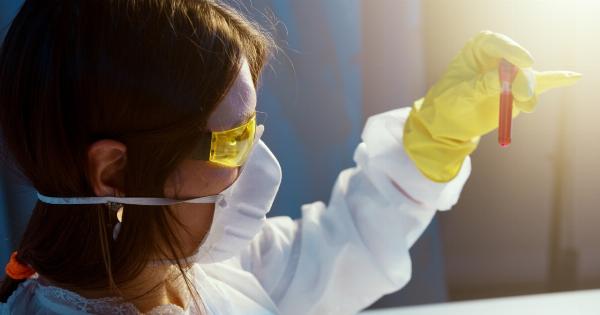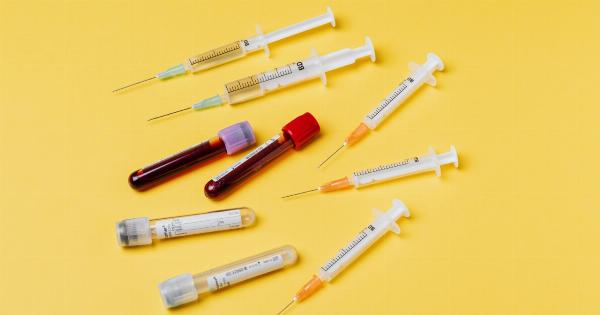Blood donation is a noble act that has the potential to save countless lives. It is a voluntary process where individuals donate a portion of their blood for transfusion to those in need.
This act of generosity has been recognized as the “Gift of Life” due to its significant impact in providing a lifeline to patients suffering from various medical conditions.
History of Blood Donation
The practice of blood donation can be traced back to ancient civilizations, such as the Egyptians and Greeks, who believed it could purify the body and promote good health.
However, the modern concept of blood transfusion emerged in the early 17th century with the discovery of circulation by William Harvey. The first successful transfusion was performed by Richard Lower in 1665, using animals as donors. Over time, these pioneering techniques paved the way for the development of safe and efficient blood donation methods.
The Importance of Blood Donation
Blood donation plays a crucial role in modern healthcare systems for several reasons.
Firstly, donated blood is essential in emergency situations, such as accidents or natural disasters, where patients require immediate transfusion to replenish their blood supply. Secondly, individuals undergoing surgical procedures often require blood transfusions to compensate for the loss of blood during the operation.
Additionally, patients with chronic illnesses, such as cancer or blood disorders, often rely on regular blood transfusions as part of their treatment.
The Process of Blood Donation
Blood donation is a simple and safe procedure that involves several steps. The donor must meet certain eligibility criteria, including being of legal age, in good health, and meeting specific weight requirements.
Prior to donation, donors are asked to provide relevant medical history and undergo a physical examination to ensure their suitability.
Once deemed eligible, the donor is seated in a comfortable chair or bed. A healthcare professional then cleans the donor’s arm and inserts a sterile needle to collect the blood.
The donation process usually takes around 10 minutes, during which the donor’s vital signs are monitored to ensure their well-being.
After the donation is complete, the donor is provided with refreshments and asked to rest for a short period to minimize any potential side effects.
The collected blood is carefully labeled, processed, and tested in a laboratory to determine its blood type and screen for any transmissible infections.
Blood Types and Compatibility
Blood is generally categorized into different types based on the presence or absence of certain antigens on the surface of red blood cells.
The most common blood types are A, B, AB, and O, which can further be classified as either Rh positive or Rh negative.
The compatibility of blood types is an important consideration during transfusions to avoid adverse reactions.
For instance, individuals with type A blood can generally receive blood from donors with either type A or type O blood, while those with type B blood can receive blood from individuals with type B or type O. Individuals with type AB blood are considered universal recipients, as they can receive blood from any type. Conversely, individuals with type O blood are considered universal donors, as their blood can be transfused to individuals with any blood type.
The Benefits of Blood Donation
Blood donation offers numerous benefits not only to the recipient but also to the donor themselves. Firstly, by donating blood, individuals can help save lives and make a tangible difference within their community.
Knowing that their contribution can potentially alleviate someone’s suffering is immensely fulfilling and creates a sense of purpose.
Additionally, blood donation can have several positive health effects on the donor. Regular blood donation helps reduce the viscosity of blood, promoting better flow and reducing the risk of cardiovascular diseases.
It can also help stimulate the production of new blood cells, thus rejuvenating the donor’s overall blood composition.
Blood Donation Myths and Facts
Despite the importance of blood donation, numerous myths and misconceptions surround the practice. It is important to debunk these myths to encourage more people to become blood donors.
Myth: Blood donation is painful and dangerous.
Fact: Blood donation is a safe and relatively painless procedure. The discomfort experienced during the needle insertion is temporary and minimal compared to the lasting impact it can have on a person’s life.
Myth: Donating blood frequently can lead to health problems.
Fact: Blood donation is a safe process and regulated to ensure the health and well-being of donors. The human body is designed to replenish donated blood quickly, usually within a few hours, minimizing any potential health risks.
Myth: Certain people cannot donate blood.
Fact: While there are specific eligibility criteria for blood donation, such as age and weight restrictions, most individuals are eligible to donate blood.
However, certain medical conditions or recent illnesses may temporarily defer individuals from donating.
Blood Donation Campaigns and Organizations
Various organizations and campaigns across the world actively promote and facilitate blood donation. These initiatives play a vital role in raising awareness about the need for blood donations and organizing donation drives.
Some prominent organizations include the American Red Cross, Bloodworks Northwest, and the World Health Organization (WHO).
These organizations work tirelessly to educate the public, recruit donors, and ensure the safe collection, processing, and distribution of donated blood.
They often collaborate with local healthcare facilities, community centers, and educational institutions to organize blood drives and create more opportunities for individuals to donate blood.
The Future of Blood Donation
As scientific advancements continue to revolutionize healthcare, the future of blood donation looks promising.
Research efforts are ongoing to improve the storage and transportation of blood products, develop alternatives to donated blood, and enhance blood typing methods for more accurate compatibility matching.
New technologies, such as artificial blood substitute development, could potentially supplement traditional blood transfusion methods and help address shortages in the availability of compatible blood types.
Additionally, advancements in gene editing and stem cell research may pave the way for personalized blood transfusion therapies tailored to an individual’s specific needs.
Conclusion
Blood donation is undeniably the “Gift of Life.” Through this selfless act, individuals can positively impact the lives of countless patients in need.
Donating blood not only saves lives but also offers benefits to the donors themselves, creating a win-win situation for everyone involved. By debunking myths, raising awareness, and actively participating in blood donation drives, we can ensure a continuous and stable supply of donated blood, ultimately contributing to the betterment of healthcare systems worldwide.




























